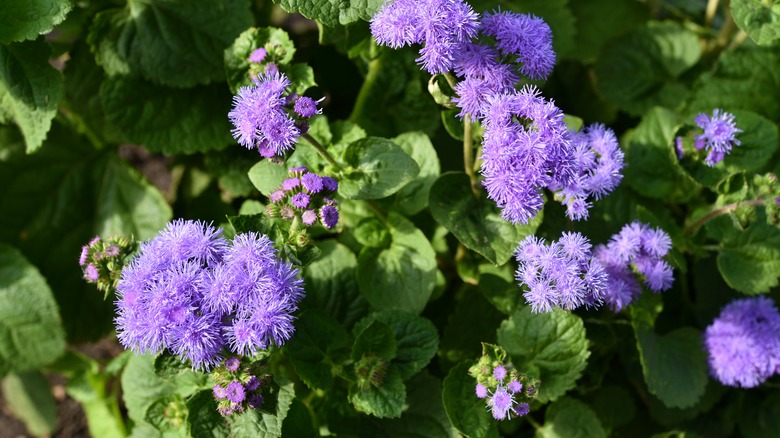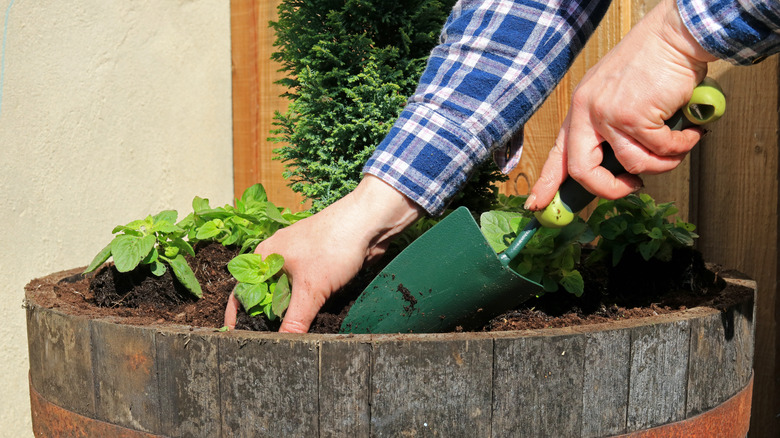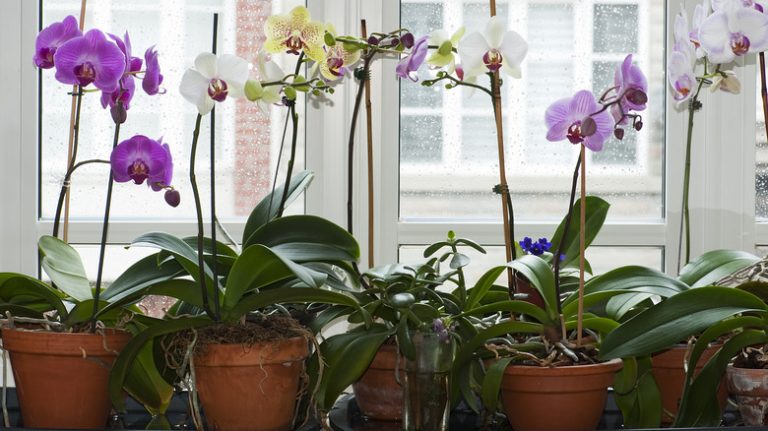Facing an onslaught of insects in your garden? Let’s talk about a potential game-changer: the floss flower. This plant isn’t just a pretty addition to your garden; it’s a formidable foe against those pesky garden invaders. Scientifically known as Ageratum houstonianum, it also goes by several names, like blue mink, blue billygoat weed, and Mexican Ageratum. Intriguingly, a 2024 study published in the Asian Pacific Journal of Tropical Disease shed light on its effectiveness, particularly against mosquitoes. And while the study zeroes in on mosquitoes, it’s a promising sign for tackling a broader range of garden pests.
You know the drill: aphids, beetles, caterpillars, and the like, making themselves at home in your garden, munching on leaves, and causing havoc. They’re not just annoying; they can stunt your plants’ growth, ruin leaves, and, in the worst cases, lead to plant fatalities. Going the natural route when repelling bugs is a challenge for any gardener, which is where the floss flower comes in. Its natural insect-repelling abilities offer a breath of fresh air for those of us looking to avoid harsh chemicals.
But wait, there’s more! The floss flower isn’t just a one-trick pony. A 2024 study in Scientific Reports uncovered its antimicrobial properties, adding another notch to its belt. This means it may help guard your plants against certain diseases that these bugs bring along. Imagine teaming up floss flowers with other insect-repelling plants in your garden. This strategic combo can create a stronger, more natural barrier against many unwanted guests, ensuring your plants stay healthy and thriving.
Growing and placing floss flowers to deter insects

For optimal pest protection with floss flowers, think strategically about their placement in your garden. First off, line the borders of your garden with them to create a natural barrier. Next, focus on areas where you grow vegetables, fruits, and those plants that attract lots of insects. For your veggie patch, think about teaming floss flowers with edible plants like tomatoes, peppers, or eggplants. These veggies often draw in unwanted guests like aphids and beetles, but the presence of floss flowers may help keep those bugs in check. Also, don’t forget about your personal spaces in the garden, like patios and seating areas. Planting floss flowers around these spots may help deter mosquitoes. It ensures that your relaxation time is not just comfortable but also mosquito-free. The flowers not only repel pests but also add a lovely visual element to your leisure areas.
A quick heads-up, though. While floss flowers are generally tough cookies, they can attract spider mites in hot weather. Just keep an eye on them during those warmer months. A bit of attention can go a long way toward keeping your floss flowers healthy and gorgeous. When it comes to growth and maintenance, the flowers exhibit moderate drought tolerance but thrive best in well-drained soil that is rich and moist. Full sun is also ideal, ensuring they bloom to their full potential. Generally speaking, floss flowers pretty much take care of themselves. As the season rolls on, old flowers drop off and new ones will emerge.
Pairing floss flowers with other natural methods

Since there’s limited evidence about the effect of floss flowers on other insects (beyond mosquitoes), it might help to include other natural methods to ramp up your garden’s defense. Here’s how you can weave a stronger shield. First, think about teaming up floss flowers with other plants that are known insect-repellers. Basil, mint, and citronella are perfect for this. Each of these plants gives off a scent that bugs just don’t like, so when you plant them with floss flowers, you’re creating a powerful, multi-scented barrier. Encouraging beneficial insects is another effective strategy. Ladybugs, lacewings, and parasitic wasps play a crucial role in natural pest control. You can strategically place these beneficial insects on infested plants to control harmful insect populations.
Physical barriers and traps can also be quite handy. Sticky traps can snag flying pests, while row covers over your plants can keep bugs out without needing chemicals. Lastly, regular garden maintenance plays a vital role. Keep your garden clean and free of debris where pests might breed. Prune your plants regularly to ensure good air circulation, which is less inviting to pests. The goal here is to create a garden that’s not just about one or two plants but an entire ecosystem that works together. Regularly check your plants, be vigilant, and respond to issues as they arise.



